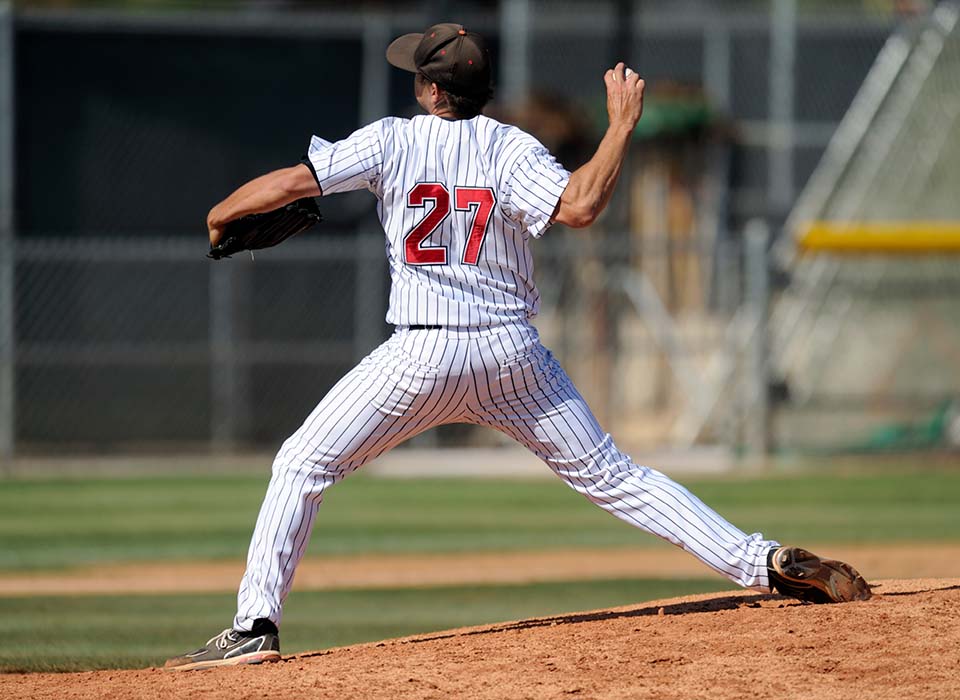While baseball may not be a contact sport, there is still a significant risk of injury at any level of play. Actions like running, swinging the bat, and diving to make a catch can put lots of stress on the body and may lead to injury. Make sure to properly warm-up and stretch before any physical activity to lower the risk of injury while playing.
Shoulder Injuries
The two most common shoulder injuries in baseball players are rotator cuff injuries and labral tears. The throwing motion that pitchers and other players do over and over can put a lot of stress on the shoulder. Most often the player will experience pain immediately following a rotator cuff tear and be unable to lift their arm. The best way to prevent a rotator cuff injury is by doing shoulder strengthening exercises to improve the range of motion. If you experience this type of pain while playing, rest until the pain is gone. If the pain continues, you may need surgery to fix the damage so seek medical attention.
Your labrum is the cartilage that cushions your shoulder joint. Most often the symptoms include a limited range of motion as well as a clicking or grinding sound when you move your arm. A SLAP tear, which is the most common type of labral tear, occurs in the front of the labrum and is caused by repeated overhand arm movements like pitching. Again, the best way to prevent this type of shoulder injury is to properly warm-up and incorporate some shoulder strengthening exercises. If the pain continues, physical therapy or surgery may be needed so consult with your medical provider.
MCL and ACL Tears
Baseball players are constantly running, sliding, diving, and twisting which can often cause injuries to the knees. Both the MCL and ALC ligaments stabilize the knee, so injuries to either ligament cause players to be unable to play while healing. These types of injuries are usually easily identifiable because the player will experience a sharp pain or popping sensation and the knee area will swell. MCL and ACL tears require surgery so seek medical attention if your pain and symptoms last longer than a few days.
Back Injuries
Spondylolysis, or the fracturing of vertebrae, is caused by the tension placed on the player’s back from repetitive swinging motions or throwing motions. Players who bat with an aggressive swing or pitch for many consecutive innings are more at risk for back injuries. The best way to treat this type of injury is with anti-inflammatory medication and rest, but physical therapy may help as well with strengthening the back muscles to better support the vertebrae. The symptoms of spondylolysis are similar to those of a back sprain but if the pain lasts for longer than a few weeks, seek medical attention because it may be a fracture in the vertebrae.
Concussions
Most baseballs are flying through the air at top speeds, especially as the players get older and stronger. While batters wear helmets, a ball moving fast enough can still cause injury to the brain. Players in the field are often not wearing protective head gear so if they get hit in the head with a ball, hit their head on the ground or fence while trying to make a catch or collide with another player, it could cause major head injuries. Concussions usually present as dizziness, nausea, headaches or sensitivity to light or sound. As concussions are brain injuries, no matter how severe the symptoms are, they need to be evaluated by a medical professional to prevent permanent brain damage.

